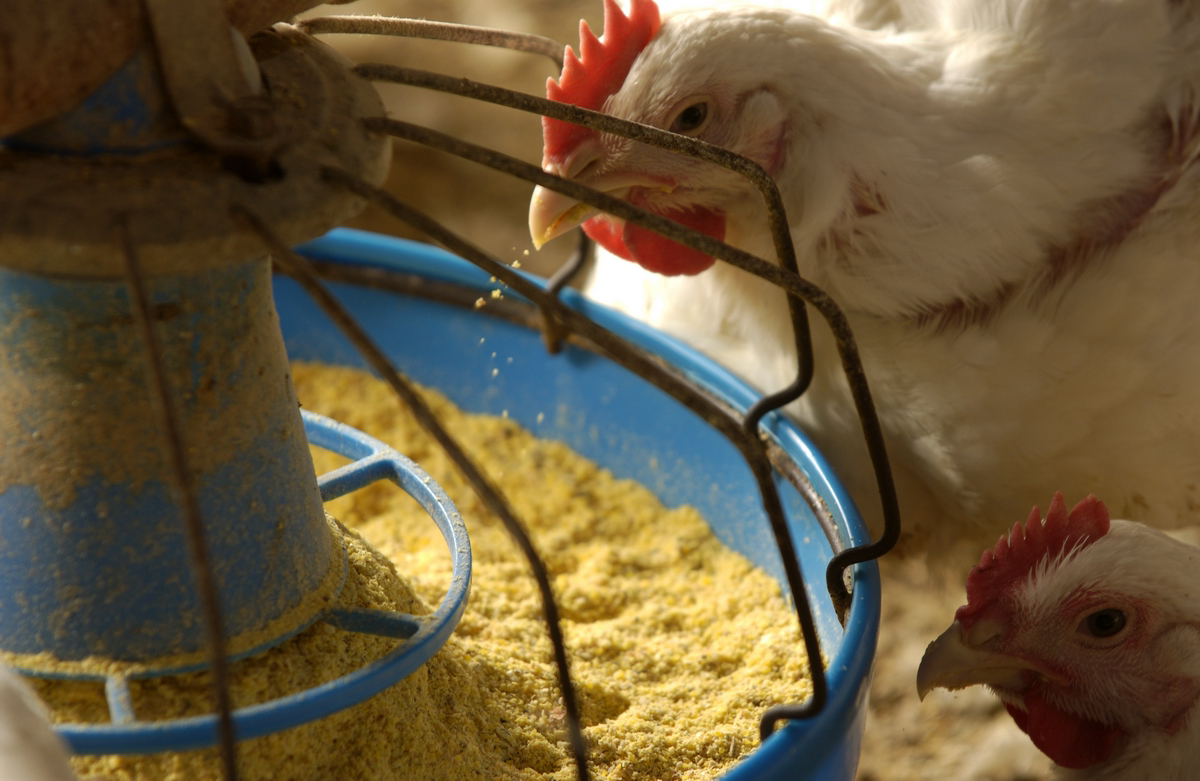Is vacuum coating an option for broiler feed?

Vacuum coating can benefit poultry feed producers, a review from the Department of Animal and Poultry Science at the University of Saskatchewan Canada concluded.
Vacuum coating has been successfully applied in aquaculture feeds and pet foods where end-product quality and high level of fat inclusion (i.e., up to 300 g/kg) are important Researchers from Canada reviewed the use of vacuum coating for delivery of liquid fat or bioactives (i.e., enzymes, vitamins, probiotics, etc.) in pelleted broiler diets and wanted to find out which challenges still exist.
Benefits
According to the researchers, there are several advances for poultry feed. Pre-pellet delivery of fats substantially reduces pellet durability and results in losses in bird performance and customer satisfaction. Vacuum coating can also improve storage life and bioavailability of bioactives sensitive to digestion in upper part of gastrointestinal tract. Other benefits include that higher levels of liquid can be added after processing with minimal loss of feed structure, liquids (with or without additives) can be blended before addition to the products and intake can be improved by adding flavours or masking the detection of unpalatable additives inside the pellet.
Challenges
As for encapsulation, vacuum coating may also offer a means of improving delivery and safe handling of offensive compounds. This technology requires highly durable and porous pellets for effective application. The challenges of this technology are the need to better understand how to improve pellet porosity and increase liquid inclusion while maintaining pellet durability; bearing in mind the increased handling of pellets when they are vacuum coated. The discussion also includes methods for measuring and manipulating the porosity of the pellets to achieve optimum pellet durability and liquid application.
This article has been published in the December issue of Animal Feed Science and Technology.











